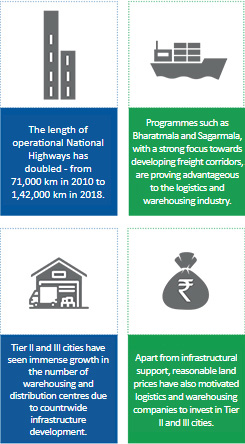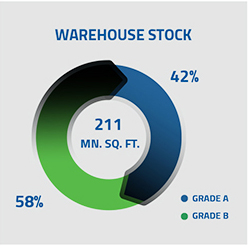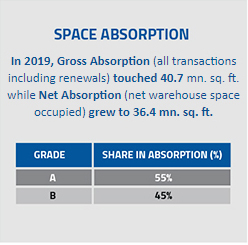|

|
|
|
|
|
|
|
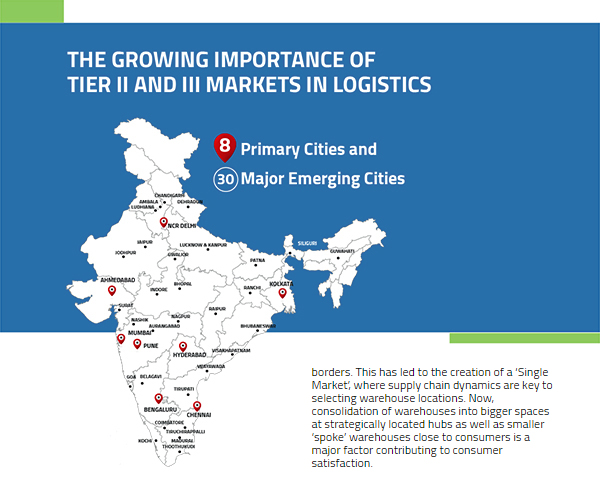
|
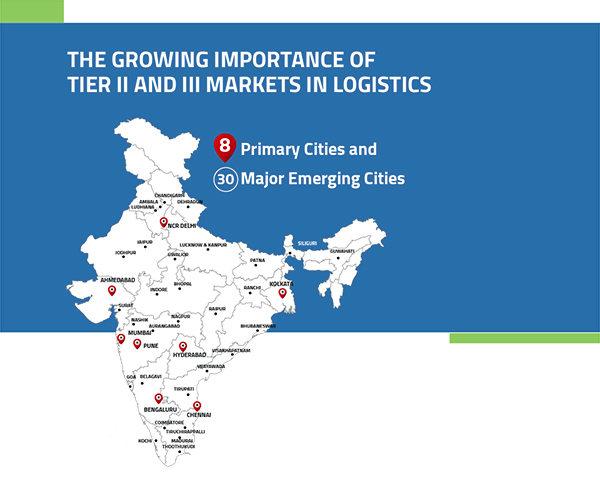
|
|
|
|
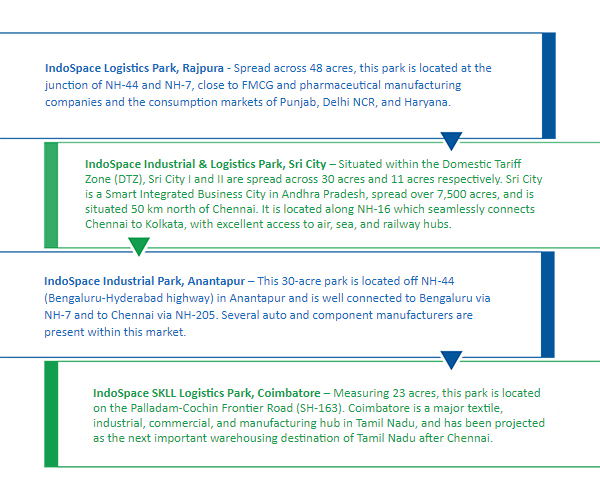
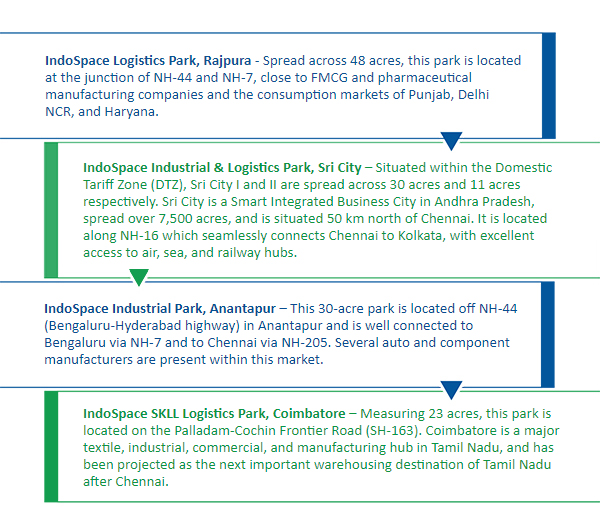
|
|
|
|
|
|
|

|
|
|
|

|
|
|
|
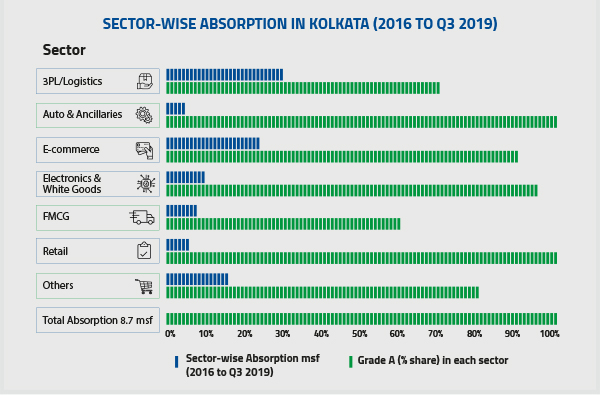
|
|
|
|
RETAIL BOOST FOR WAREHOUSING
|
|
|
|
|
|
|
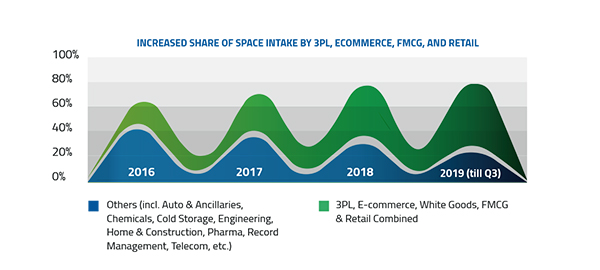
|
| A SUMMARY OF 2019 |
|
|
|
|
|
|
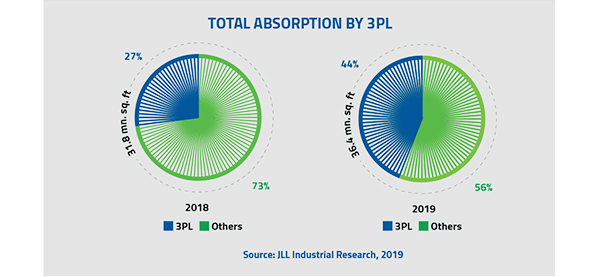
|
| MARKET MOVEMENT (OCT–DEC 2019) |
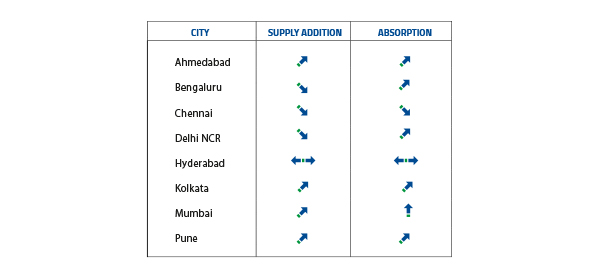
|

|
|
For business enquiries M : +91 74001 00222 E : leasing@indospace.in www.indospace.in |
|
|

|
|
Disclaimer: This newsletter has been produced solely as a general guide and does not constitute advice. We have used and relied upon information from sources generally regarded as authoritative and reputable, but the information obtained from these sources has not been independently verified by Jones Lang LaSalle & IndoSpace. Whilst the information contained in the newsletter has been prepared in good faith and with due care, no representations or warranties are made (express or implied) as to the accuracy, completeness, suitability, or otherwise of the whole or any part of the publication. Jones Lang LaSalle & IndoSpace, their officers and employees shall not be liable for any loss, liability, damage, or expense arising directly or indirectly from any use or disclosure of or reliance on such information. |
| QUARTERLY REVIEW, JANUARY 2020 |

